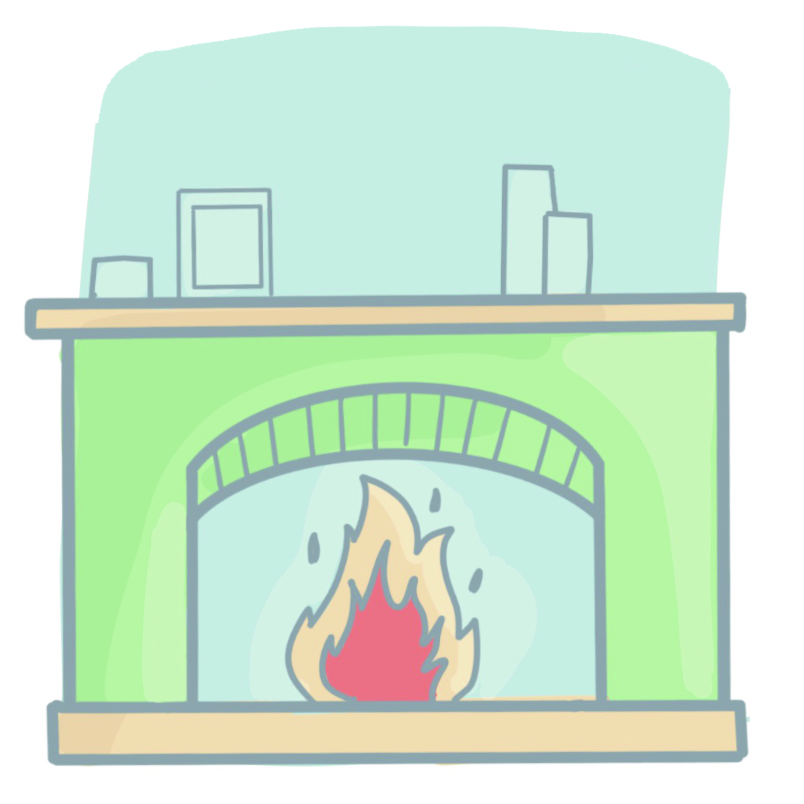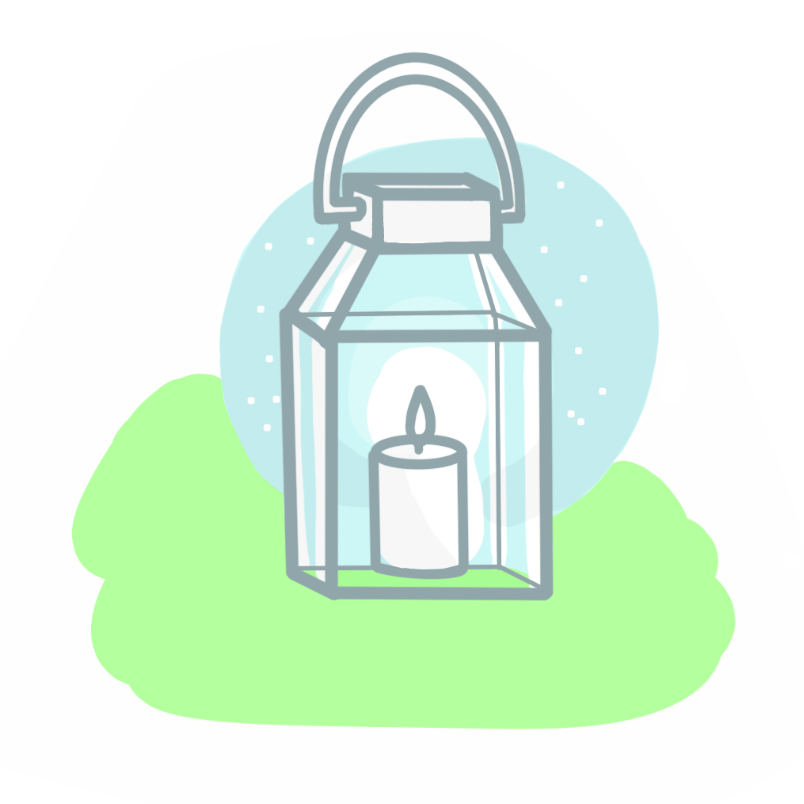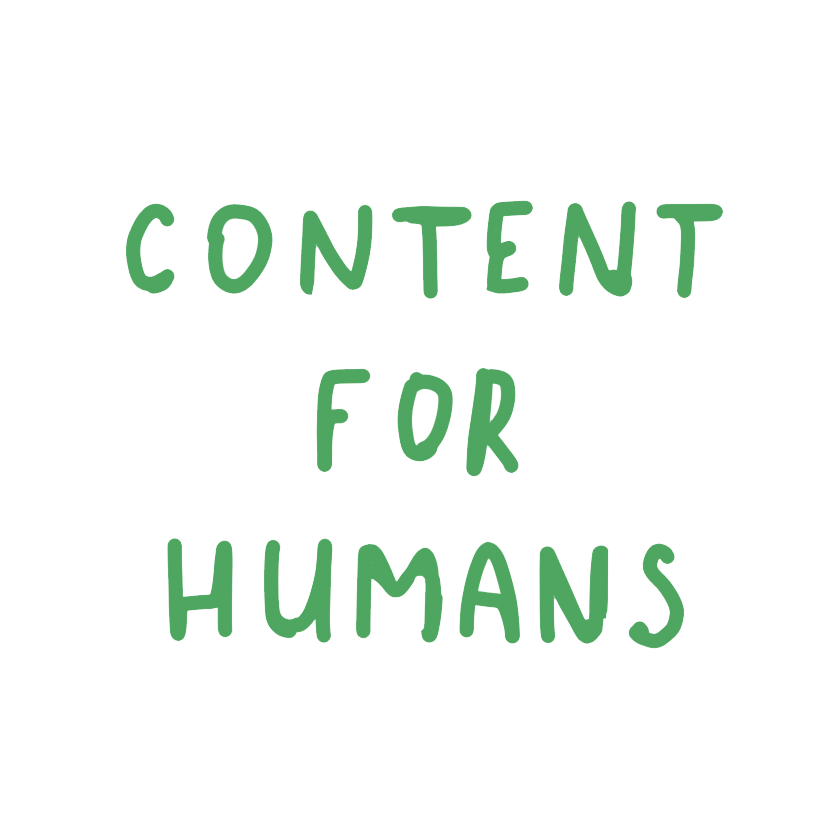In short, meditation is all about training our attention to fixate on something – like a light beam. Allowing the body to relax at the same time. Then refocusing when our minds (inevitably) wonder.
Whereas relaxation doesn’t use the same focus – but the body and mind still cool down.

As a psychotherapist and content writer, I’ve taught patients to use both in various ways. It’s good to be aware of the differences, so we can target what we need to at the right time.
During a (randomised controlled) trial I helped run a few years ago, one of main things we found was just how important a kind attitude towards ourselves is, when meditating or relaxing. And that’s super important in everyday life as well.
Meditation
We found this kind self-attitude naturally improves when people meditate. There’s a ton of really good evidence now suggesting regular meditation staves off a depressive relapse – if you’ve been prone to regular episodes of depression throughout your life.
It also seems to be really good at reducing some of the unintended consequences of taking on long-term stress in our lives.
Maybe you’re thinking ‘why would I ever deliberately intend for long-term stress’? But we all do this sometimes. Especially when it comes to careers, and the financial benefits that can come with them. (Being highly stressed works as a good motivator to begin with.)
Meditation ‘cautions’
Caution is a strong word, but it’s not always the right time to meditate. It takes mental effort. If we use it in the evenings it can sometimes dial up our internal thinking chains a bit too much and get in the way of a good sleep.
Equally, if we’re particularly wound up about something, and we’re in perfectionist mode at the time – trying to meditate ‘the right way’ can be a bit like throwing more fuel on the fire.

Relaxation
Any relaxation is great for maximum chill out, without the prolonged focus of meditation. These techniques have more of a tendency to deeply relax our major muscle groups. And the breathing techniques that usually come with them turn on our parasympathetic nervous systems – for recovery and sleep.
Progressive muscle relaxation (PMR) is quite an old-school one lots of therapists recommend for anxiety problems. It’s great too. You methodically tense muscles up, one at a time, then they relax almost by themselves. By deliberately tensing up and then letting it go, the blood flow to the area increases and our minds naturally go to watch all the sensations that follow – which is relaxing.

Non-sleep deep rest (NSDR) has always been my own favourite though. It quickly gets the body into its sleep territory, and just feels like it’s doing you the world of good. And it really is.
Any relaxation shouldn’t be overused as a distraction though, just like anything else.
Writing about these things
In the world of research, long, complicated words and jargon are everywhere. They’ve got their place too. We need them when we’re separating out lots of different ideas which seem to overlap at first. The PMR and the NSDR abbreviations are good examples. They’re needed in research because they’re different things, but in other places, too much jargon can put readers off.
Get in touch
Do you need a hand with any of your clinical, therapeutic or academic content? Making this kind of content human is one of our favourite jobs.

